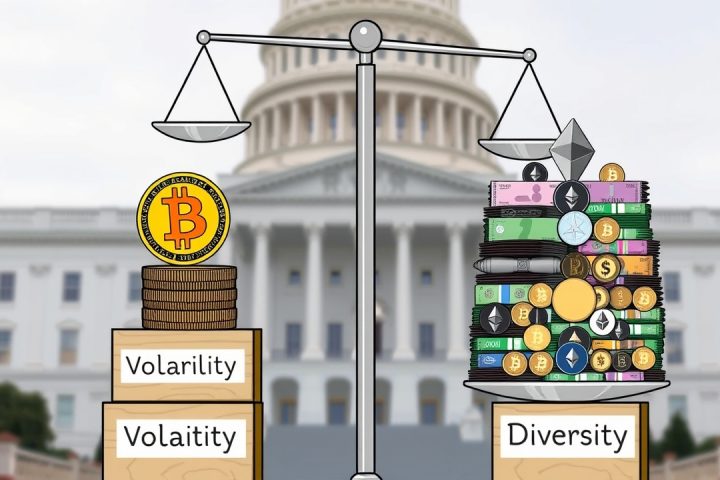SWIFT’s Pilot Program on Blockchain Integration
SWIFT, the key player in international financial messaging, has initiated a pilot program exploring on-chain payment systems and messaging via the Ethereum Layer 2 network known as Linea. This development marks an important stride towards integrating traditional banking practices with blockchain technology. The initiative involves a consortium of over 12 global banks, including significant names such as BNP Paribas and BNY Mellon, and aims to evaluate the feasibility of utilizing a token similar to stablecoins for transaction settlements.
Historical Context and Current Focus
Historically, SWIFT has been a fundamental service for over 11,000 financial entities, handling billions of messages each year by securely transmitting payment instructions between institutions. The current testing phase is particularly focused on on-chain messaging and settlement capabilities, with the goal of demonstrating how banks can process transactions directly on a blockchain infrastructure through this stablecoin prototype.
Goals and Technology Behind the Initiative
SWIFT is positioning this experiment not just as a means of facilitating digital cash transfers, but as an expansion into extensive on-chain financial operations. This trial holds the promise of minimizing reliance on various intermediaries and simplifying cross-border transactions. Importantly, Linea was chosen due to its utilization of zk-rollup technology, which enhances transaction efficiency while ensuring security—a critical feature for financial institutions that must adhere to rigorous compliance standards.
Industry Outlook and Ethereum’s Role
Though the full realization of this initiative may take months, industry insiders are optimistic, describing it as a transformative leap for international payment mechanisms that currently depend on outdated, intermediary-heavy infrastructures. The use of Linea represents a continuation of SWIFT’s previous explorations into blockchain compatibility; in recent years, they collaborated with Chainlink on cross-chain communication strategies and examined the portability of tokenized assets across diverse blockchain environments.
The project’s significance for Ethereum is profound, solidifying its influential role in financial innovation. Linea, developed by ConsenSys, aims to enhance Ethereum’s scalability through zk-rollups while the LINEA token incentivizes those who stake ETH to join the network. This integration ensures that Ethereum’s security underlies the more cost-effective settlement processes, bringing traditional finance closer to decentralized models.
The Rise of Stablecoins
Simultaneously, stablecoins are transitioning from niche digital currencies to essential components of the global financial landscape, with a market valuation exceeding $230 billion, led by Tether (USDT) and Circle (USDC), as reported by Morningstar DBRS. The growth of stablecoins can be attributed to their rapid transaction capabilities and lower costs compared to traditional payment methods, which often incur fees of up to $50 and face delays of days.
Data from Chainalysis indicates that USDT’s transactions have surpassed $1 trillion monthly in 2023, and USDC achieved peak transaction volumes exceeding $3 trillion last October. Regulatory measures are also influencing this sector, with the U.S. enacting its first federal stablecoin regulations in July, prompting banks to consider developing their own digital tokens. Analysts caution that wide-scale adoption of stablecoins could siphon off deposits from traditional banks, with stablecoins currently representing 1.5% of all U.S. deposits, according to the Bank for International Settlements.
Corporate Adaptation and Future Prospects
Major technology firms are taking steps to adapt to this evolution, evidenced by early discussions within companies such as Apple, Airbnb, and Uber regarding potential stablecoin implementations. Google Cloud has already embraced PYUSD payments, while their recent announcement of a payment framework geared towards AI initiatives will support stablecoins alongside conventional card networks, collaborating with Coinbase and the Ethereum Foundation.
In tandem with these developments, institutional frameworks are being established, such as the newly launched stablecoin payments network by Fireblocks, which involves over 40 participants including Circle and Stripe’s Bridge, facilitating enterprise-level cross-border transactions and currently piloting initiatives in Japan. Collectively, these advancements hint at a future financial ecosystem where dollar-aligned digital assets coexist and compete with traditional banking infrastructures.




